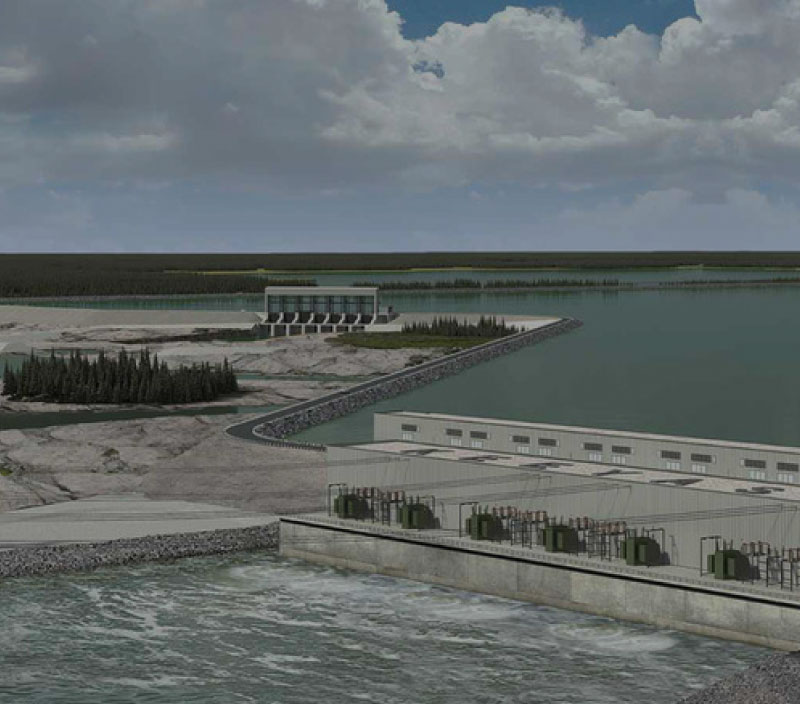THE PROBLEM
Emergency departments (ED) often face unexpected and increasing volumes of patients, which has resulted in excessive patient wait times. Patient safety, hospital revenue, staff satisfaction, and patient satisfaction are all impacted when information and materials do not move through hospitals efficiently.
GOALS
Hospitals and emergency departments want to discover what factors result in excessive waiting times, and what solutions can accelerate the treatment process so that the optimum tradeoff can be obtained between wait times and resource consumption.
Factors considered are:
Adding resources
Assigning available resources based on crowdedness, waiting times, temporarily closing units
Finding the optimum number of different resourses for units
Lengths of stay in the emergency department
THE SOLUTION
We built a detailed simulation model using the process simulation software Arena. The figure below shows a condensed high-level view of this model. Such a model was carefully validated with 170,000 records provided by the hospital.
THE RESULTS
Our analysis produced the following recommendations that improved the efficiency of the emergency department:
Adding one doctor to the afternoon shift does not noticeably help reducing the wait time.
Beds or nurses should be added together with other resources and in multiple units.
Rapid Assessment Zone significantly helps to reduce the wait time by an average of 100 minutes.
Resources at Diagnostic Treatment Unit can be reduced 50% without significant wait time increase.








